Reader Review: 2014 Ford Transit Connect Wagon XLT
(Everybody say “Hi!” to Nick, who is here to share his tale of Transit Connect ownership with the B&B! — JB)
Last year, when my wife and I were first looking at minivans, I went by the Ford dealer to check out the new Transit Connect. The van really appealed to me, with its emphasis on utility, its quirky charm, and the Euro pedigree. My wife, our designated minivan driver, wouldn’t give it the slightest consideration. She deemed it more suitable for a mobile pet cremation business than for Mommy duty. We wound up with a Nissan Quest, which I wrote about here and with which we have been very happy.
Last year I started a surfboard business. This meant that I was borrowing the Quest for long stretches at a time. It also meant that it was finally time for me to consider getting something appropriately capacious for myself, giving me a perfect excuse to add a Transit Connect to our fleet.
I started by looking for a one-year old, certified pre-owned model. My local dealer assured me they were “rarer then hen’s teeth” and then suggested I consider a new F-150, of which he had plenty in stock. As always, the Internet came to the rescue and I found a 2014 Ford Transit Connect Wagon LWB XLT (referred to henceforth as “FTC”) 1,500 miles away with less than 30,000 miles for the affordable price of $17,500.
It had a been a courtesy van for the dealer, and they were willing to ship it to me. The equipment list was long: leather, SYNC, rearview camera and warning system, three rows of seats, Bluetooth streaming audio, and a warranty. That’s a lot of car for just over seventeen grand. Done deal.
The FTC does nothing to hide its European roots. My window sticker says the van was assembled in Valencia, Spain, and nearly everything I’ve read about the van indicates that such is the case. Strangely enough, however, the VIN starts with an “N” indicating Turkish assembly. Although all of the previous-generation FTCs were assembled in Turkey, U.S.-bound current-gen vans should all be Valencia-born. The conspiracy theorist in me wants to believe this has something to do with Ford’s chicken-tax avoidance scheme, but maybe they just had a few million leftover stamped VIN plates to recycle. Regardless, the van is a true “One Ford” product, giving it a few unique characteristics that help it stand out on this side of the pond.
For starters, space efficiency is fantastic. Seven passengers can fit, and everyone can wear a stovepipe hat if they want to. The windshield is massive; in fact, visibility all around is much better than most modern vehicles. It is as if you are piloting a fishbowl, one in which you can confidently place the wheels and are assured of all the corners. It’s hard to think of another vehicle that is as practical. Huge passenger space (or lockable storage), inexpensive to buy and operate, good on gas … the Transit Connect has got to be one of the most overall utilitarian vehicles available.
Being it’s so Euro comes with some quirky downsides. The FTC has minimal wind and road noise insulation. There is a ton of space, but few of the storage compartments so typical on U.S.-market vans. Two cupholders up front, a small center console, a standard glove box and door pockets on each side: that sums up the useful storage space. Out back there is basically nothing, just a flat load floor. The lack of under-floor storage or floor contours ensures that any boxes or bags of groceries will flop around with each turn you make.
There is a very large shelf above the driver’s head, which seems great at first. I’ve found that I don’t put much up there, however, because whatever you do put up there has to fit a narrow profile, be lightweight, and also be retrievable without looking, even as you’re shoving your arm all the way in there if said item slides to the front. It’s hard to understand what that shelf really is good for.
Small indents for change and parking passes in the console secure none of these items well. On the plus side, there is a massive recess in the passenger side of the dashboard top (for ladling soup out of?), and strangest of all, a small, shallow (2 inches maybe) bin underneath the passenger seat with a latched cover that should make this the preferred vehicle for trips to and from Ciudad Juarez.
Quirkiest of all (and a veritable nightmare for Mr. Mehta’s aesthetic senses), this is the only vehicle I have ever seen with a reverse inside-looking-out black plastic triangle, and on the bottom rear corner of the front driver and passenger windows, of all places. I guess it’s for wind buffeting? This will easily be punched out by an unintentional meathead elbow any day now.
Finally, on the negative side, it must be said: who thinks a Spanish (or Turkish?)-built, low-volume Ford is going to be a paragon of reliability? There is already some rust-spotting on the roof.
If you can live with the risks and the quirks, however, the FTC has the driving basics down pat, thanks to its Focus origins. The steering is responsive, light in slow speeds, yet gradually building load as the pace increases. The six-speed automatic is one of the better modern self-shifters I have driven, keeping the engine in its power band and not too eager to change up a gear.
Combined with visibility and relatively tight handling, it’s easy to hustle this van. I find myself speeding damn near all the time. Good thing the cops ignore me, obviously thinking I’m just late for an alpaca cremation. Comparatively, piloting the Nissan Quest in our family stable is like driving a bowl of pudding. It makes you want to just tuck into the La-Z-Boy thrones, drone the CVT as low as it can go, pilot with a single finger, and plod your way to your destination.
Do not, however, confuse my wanting to hustle the FTC with it actually accelerating fast. Rather, the 2.5-liter Duratec non-turbo four delivers the power of 169 asthmatic donkeys. I don’t know what the 0-60 is (my arse-meter guesses 10 seconds), but I can tell you that when I punched it one time to pass a car, as the engine bleated loudly and the van’s speed increased incrementally, the conversation went like this:
Wife: “Is this a 4 cylinder?”
Me: “Yes.”
Wife: “… I thought so.”
Of course, there’s an upside: an EPA rating of 20/28. I happily average on the high side of that, seeing 25 mpg around town and 29 mpg on a recent 120-mile highway jaunt at 65-75 mph.
This is an unusual vehicle choice for non-commercial duty. Yes, I use it for business, but 90 percent of the time I use it for commuting and as a regular minivan for the family, duties it performs extremely well in its minimalist manner. Interestingly, I think it may have a bit of a cult following. My son’s friend told him that my van looks like “a storm trooper van,” which immediately made it cool with the pre-school boys. (Presumably, and based on the cover photo, that’s “stormtrooper” as in Star Wars, not as in Sturmabteilung. — JB)
I have had a few compliments. All of them from men, none from the women. When my wife rides in the van, there’s an amusing sense of resignation about her, as if she always thought by now I would (and should) be driving something way more aspirational. But no, this smiling dork is hustling his weird Euro van down the road at above average speeds. So sorry to disappoint!
More by Ur-Turn
Latest Car Reviews
Read moreLatest Product Reviews
Read moreRecent Comments
- Daniel J Our CX-5 has hit its automatic brakes a few times at in very unnecessary situations. My 2018 doesn't have it, but it will shake and throw a warning if it thinks you should brake. Only once was it needed. The dozen or so times it has gone off I was already on the brakes or traffic was in a pattern that just fooled it.
- Kosmo This would become interesting with a turbo and 6MT.
- CanadaCraig 'Afraid' is the wrong word. The question should be, "Do you trust autonomous cars to get you from point A to point B and all points in between safely?" And my answer to that question is 'NO'.
- Daniel J For us it's just woefully underpowered. Put the 2.5T in it then I might consider it.
- Bd2 Such practices are deeply frowned upon by Kia and Hyundai dealerships where consumers sport increasing credit scores and household incomes to boot.




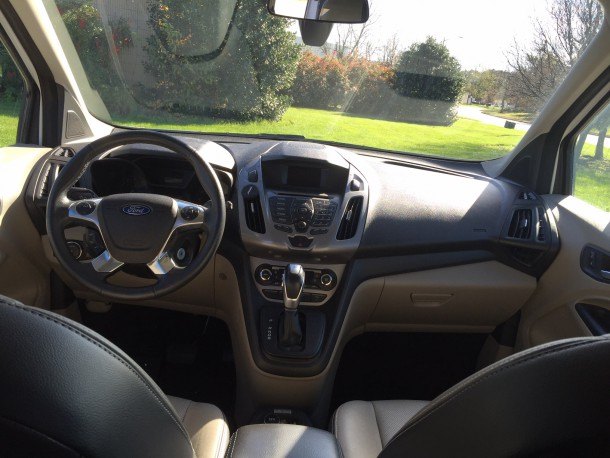













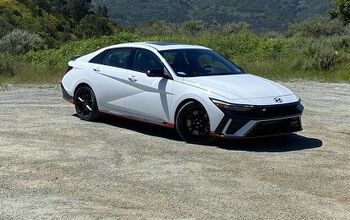
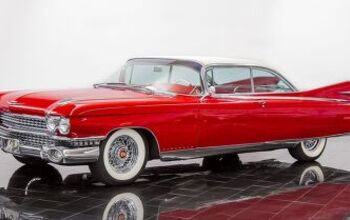
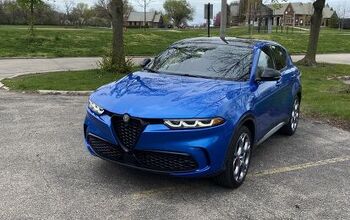
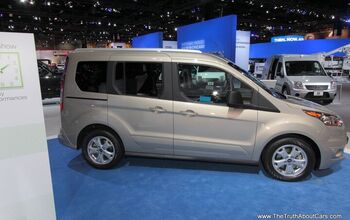
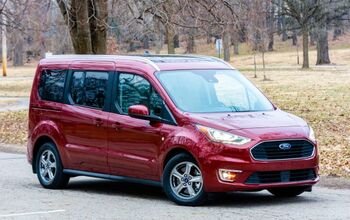
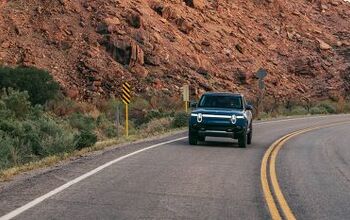
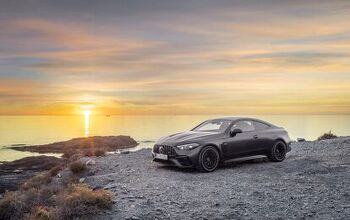


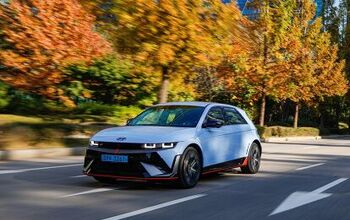
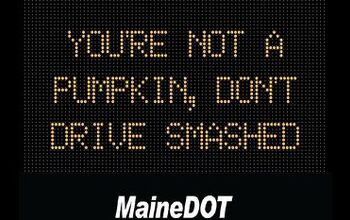

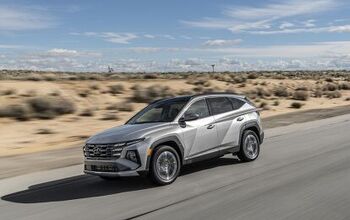
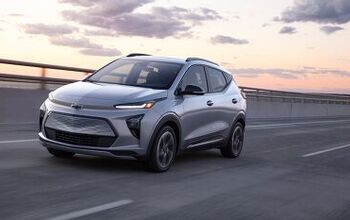
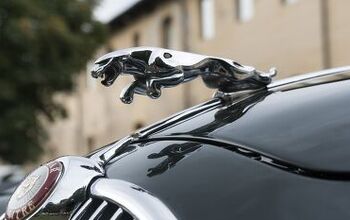
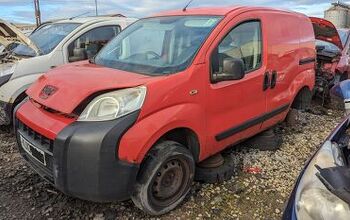


Comments
Join the conversation
Nice article. I'm right there with you. I suggested my wife consider a TC to replace her Odyssey some day, and she told me to pound sand. She doesn't like the looks, and I like that it is a bit weird and Euro (I'm a former UK-built Civic Si hatch owner). I don't want or need a van enough to get one for myself, thought.
The review I've been waiting for! Question: Can you tell us more about your highway usage? Is it painful for long trips? Is it able to cruise at 90mphish? Are the heated seats and HVAC adequate? Also, I though leather was only available on the Titanium? My Passat is on it's last legs and I want to be more solid in my decision before I pull the trigger on one of these! Thanks!